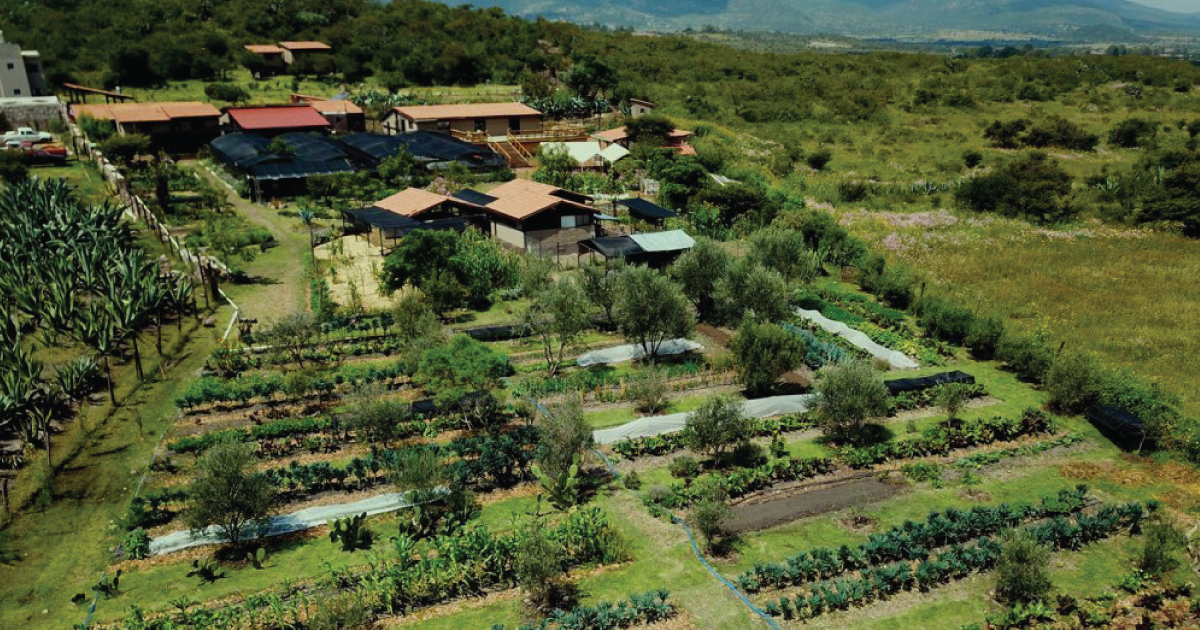
Farm Like Our Health Depends On it
Regenerative Agriculture’s Dynamic Duo Dig into the Connections Between Soil and Public Health
June 12, 2024 | Source: Johns Hopkins | by Tom Philpott
The companies that prop up industrial-scale meat production have an important message for you. “Produce More. Restore Nature. Scale Regenerative Agriculture,” reads the website of seed/pesticide behemoth Bayer. “It’s essential to consider the tangible results of regenerative agriculture,” enthuses an executive at rival Corteva on LinkedIn. “Our vision is to make regenerative agriculture commonplace across our global supply chains – helping farmers produce food more sustainably while increasing their profitability and resiliency,” the meatpacking and grain-trading giant Cargill recently insists.
While these titans of US agriculture rhetorically embrace what they call regenerative farming, a funny thing is happening in the Corn Belt, the region where they exert the most influence. It’s where their seeds and pesticides fuel bumper corn and soybean harvests that suffuse our food system, and where factory-like barns and feedlots transform that bounty into the cheap pork, beef, and eggs that underpin our diet. There, soil is vanishing on a grand scale, and streams, aquifers, rivers, and lakes serve as catchment zones for toxic agrichemical runoff.
In 2021, a team of University of Massachusetts Amherst scientists, led by geomorphologist Isaac Larsen, began publishing a series of papers examining the scale of soil erosion in the Corn Belt—a broad swath of land stretching from Nebraska to Ohio and as far south as Missouri. Their first paper found that in fully one-third of the region, the layer of loamy, fertile soil has already washed away since U.S. farmer-settlers seized the area in the 19th century and subjected it to the plow. Another one found that what’s left is currently being lost at a pace as much as 1,000 times the natural pace of replenishment.
